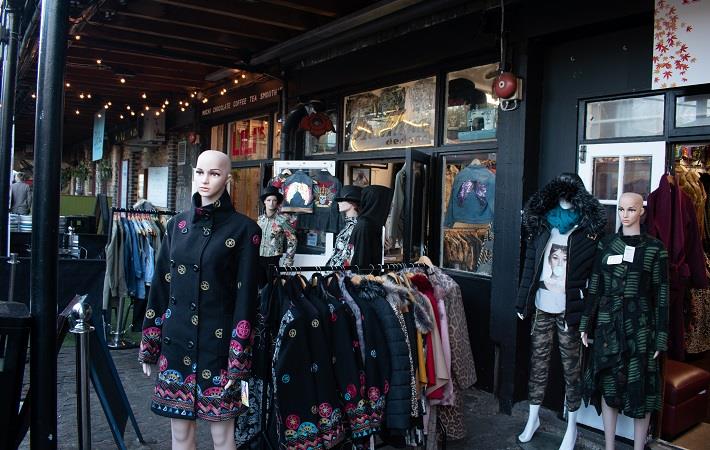UK retail employment falls for 16th consecutive quarter

While full-time employment fell by 3.0 per cent, part-time employment fell by 1.2 per cent during the three-month period, the British Retail Consortium (BRC) said in its Retail Employment Monitor Q4 2019.
When 1.8 per cent decline in retail employees year-on-year (Q4 2018 vs Q4 2019) is applied to the ONS Q4 2018 figure of 3,183,000 employees, job losses since Q4 2018 equates to 57,000. It should be noted that employment in Q4 is higher than other quarters due to the seasonal nature of retail.
At 0.2 per cent, store growth was the lowest since Q4 2016, and below the 2018 comparable figure of 2.3 per cent, according to the Retail Employment Monitor.
In the coming quarter, 38 per cent of retailers planned on hiring fewer employees, slightly above 29 per cent the previous year. Retailers will be reducing their workforce, which was temporarily increased over Christmas. However, eight per cent of retailers indicated plans to increase staff in the coming quarter (compared to 14 per cent in Q4 2018).
"Following figures showing 2019 was the worst year on record for retail sales growth, it comes as no surprise that retail shed the equivalent of 57,000 jobs compared to Q4 last year. There were many challenges in 2019: businesses had to contend with the repeated risk of no deal Brexit, a general election and the ongoing transformation of the industry, leading to weak consumer demand. As a result, employment has suffered in retail, the UK’s largest private sector employer," BRC chief executive Helen Dickinson said.
"This matters—retail offers many people their first job, a range of flexible working options, and huge opportunities for progression. Retailers may be investing heavily in their workers, through training and apprenticeships, but more could be done. The current inflexibility in the Apprenticeship Levy system means that much essential training is not covered, limiting the opportunities for many working in the industry.
“Moreover, it is worrying that the Government is standing by while tens of thousands of jobs are being lost. If the same was true in manufacturing or aviation, one can be sure that the Government would act. There are opportunities for action and the Government’s review of business rates could not come at a more crucial time. It is essential that they reform this broken system and rectify a tax that sees retail, which accounts for 5 per cent of the economy, pay 25 per cent of the burden,” Dickinson added.
Fibre2Fashion News Desk (RKS)
































-Ltd..jpg?tr=w-120,h-60,c-at_max,cm-pad_resize,bg-ffffff)





.jpg?tr=w-120,h-60,c-at_max,cm-pad_resize,bg-ffffff)
.jpg?tr=w-120,h-60,c-at_max,cm-pad_resize,bg-ffffff)






